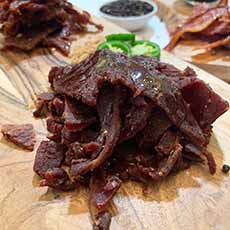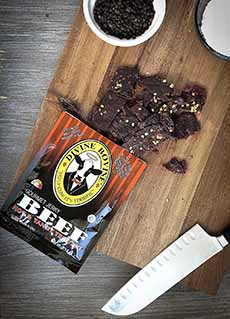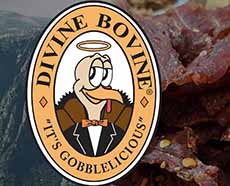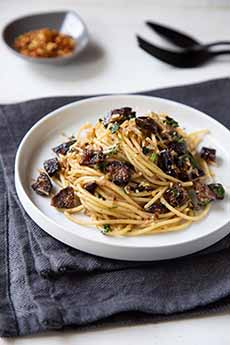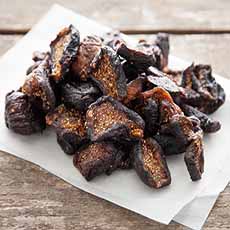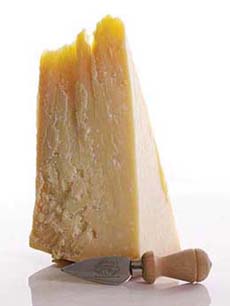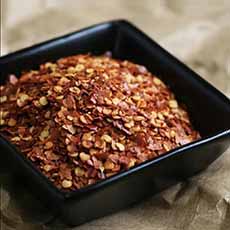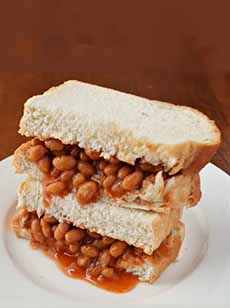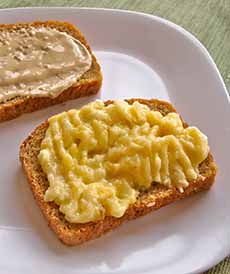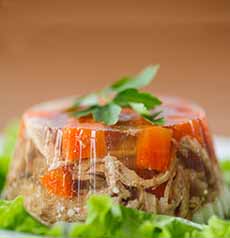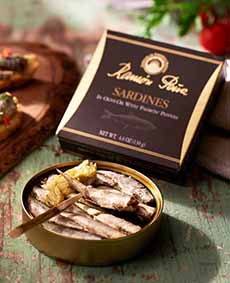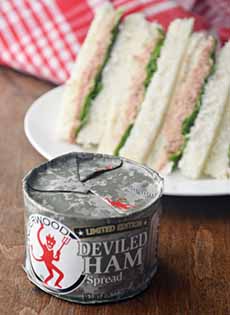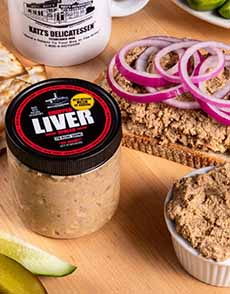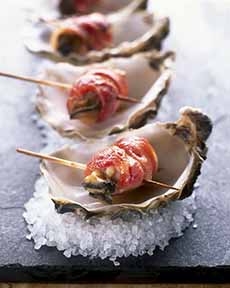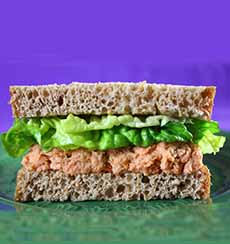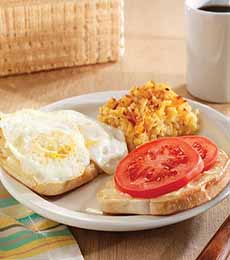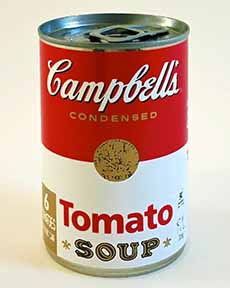|

[1] Brown Turkey figs are available fresh from California (photo © Heather Barnes | Wesual | Unsplash).
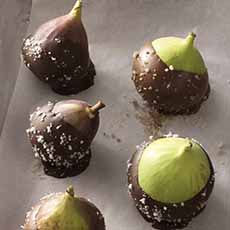
[2] Chocolate-covered figs: Delicious for entertaining and gifting (photo © California Figs).

[3] A classic appetizer: melon with figs and prosciutto (photo © Good Eggs).

[4] America’s best-known fresh fig varieties: Brown Turkey, Calimyrna, Kadota, and Mission (photo © California Figs).
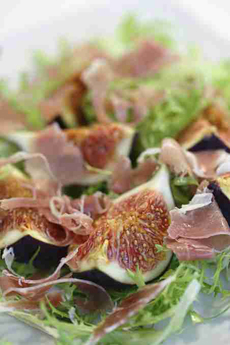
[5] Another classic salad with figs: frisée and prosciutto, but you can substitute bacon lardons (photo © Stock Xchange).

[6] For a cheese course: blue cheese with honey and hazelnuts (photo © The French Farm).

[7] Appetizer bites: dried fig, jalapeño, and fig (photo © California Figs).
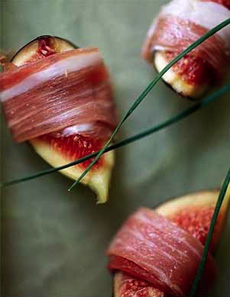
[8] An easy hors d’oeuvre or snack: prosciutto- or -bacon-wrapped figs (photo © Canard).

[9] Eggplant stuffed with figs and leek. Here’s the recipe (photo © G Free Foodie).

[10] Lamb chops with roasted figs (photo California Figs | Facebook).
|
|
National Fig Week is the first week in November. Dried figs are available year-round, but fresh figs from California are available only from mid-May through November. So gather ye figs while ye may!
One of the simplest desserts, enjoyed since ancient times, is fresh figs with honey. It couldn’t be easier: just decide how many figs you want to serve to each person (we serve three or four, depending on size), and plate them with a drizzle of honey.
Other decisions: Should you serve just one variety of fig, or three different ones: a black Mission fig, a green Adriatic fig, and a brown turkey fig, for example.
You can garnish one with chopped hazelnuts, one with pistachios, and one with almonds.
Next question: With or without cheese? Figs, honey, and nuts are natural pairings with cheese. Some cheese lovers call it one of the world’s great desserts—and you don’t have to cook a thing!
MORE DELICIOUS FIG RECIPES
Figs are often thought of for sweet recipes: fig scones, tarts, chocolate truffles, and of course, figgy pudding, a popular Christmas pudding.
Figs, fresh or dried, are delicious in yogurt or in hot or cold breakfast cereals.
Figgy foods aren’t just for sweet dishes. Figs are often cooked with pork, lamb, and even on pizza. Add them to stuffing; and whenever a recipe calls for prunes, you can substitute figs.
Arugula & Fig Salad With Popcorn
Brie Torte With Fig Jam
Chestnut, Fig & Honey Stuffing
Chocolate Covered Figs
Dried Chocolate Dipped Figs
Fig & Brie Bruschetta
Fig & Maple Fizz Cocktail
Fig, Goat Cheese & Pancetta Crisps
Figgy Blue Cheese Bacon Bites
Fig Panna Cotta
Grilled Halloumi Cheese With Figs
Pasta With Fig Soffrito & Parmesan
Pasta With Prosciutto & Goat Cheese-Fig Sauce
Pickled Figs
Prosciutto & Fig Appetizer Pinwheels
Roast Figs, Honey & Chopped Hazelnuts
Roast Loin Of Pork With Gingered Figs & Jalapeños
Ways To Use Dried Figs
Ways To Use Fig Spreads
Ways To Use Fresh Figs
FIG NUTRITION
Figs are a naturally fat-free, cholesterol-free food. They are an excellent source of vitamin A, along with B6, and K.
They are also rich in minerals including calcium, magnesium, and potassium.
Figs are high in soluble fiber (which makes them a natural laxative, like prunes).
A half cup of figs has as much calcium as a half cup of milk.
Ounce for ounce, figs have more fiber than prunes and more potassium than bananas.
One medium (2¼ inch) fig contains 37 calories.
THE HISTORY OF FIGS
Fossils of common fig (Ficus carica), dating to about 9400 B.C.E. have been found in an early Neolithic village near Jericho, in the West Bank.
Based on this find, fig cultivation in the Fertile Crescent precedes the domestication of barley, legumes, and wheat, and may thus be the first known instance of agriculture*.
By the time of the Bible, figs had been cultivated for thousands of years (some Biblical scholars believe that figs were actually the forbidden fruit in the Garden of Eden).
Figs may have been the first crop* cultivated—perhaps first in Egypt. From there they spread to Crete and around the 9th century B.C.E., to Greece, where they became a staple.
In the millennia before Europe and the Middle East had access to cane sugar or beet sugar, figs were used, in addition to honey, as sweet snacks and in cakes, puddings, and other desserts.
Figs were brought from Asia Minor to Greece and Rome, then throughout the Mediterranean, and east to India. Figs spread throughout the Mediterranean.
The ancient Greeks loved figs so much that they enacted a law forbidding the export of the best quality figs (in the ancient world, at least 29 varieties of figs were cultivated).
Figs trees can produce two crops a year in warm climates, and became common food. In 160 B.C.E., Cato the Elder wrote of several different varieties that were grown in his area.
A fun fact for foie gras lovers: The Romans used figs to fatten geese for an early version of foie gras.
From the 15th century onwards, figs were growing in Northern Europe (although yielding just one crop a year in cool climates).
The word fig, first recorded in English in the 13th century, derives from the Old French figue, from the Occitan (Provençal) figa, from the Classical Latin ficus (fig or fig-tree). (Go back far enough and almost every word in the English language derives from Latin or Greek.)
Figs In The New World
Figs arrived in the New World around 1520, with Spanish explorers. When Spanish missions were established in what is now southern California, the Franciscan priests cultivated planted fig trees.
The missionaries brought a variety of figs from southern Spain to southern California. By the 1760s, they had planted them up and down the California coast.
The priests at Mission San Diego originally planted a Spanish fig variety in 1769. This dark purple fig, grown on the property of missions, became known as the “Mission” fig.
In the 1850s, settlers and Gold Rush participants brought other varieties to California: from the East Coast of the U.S., Europe, Asia, and Africa.
California, particularly central California, had an ideal climate for figs. It became America’s primary fig-growing region [source].
Figs Today
Today, Turkey is the world leader in fig production and consumption. The rest of the Top 10 are, in order, Egypt, Morocco, Iran, Algeria, Greece, Syria United States, Spain, and Tunisia,
Nearly all of the figs in the U.S. are grown in California, which has an ideal climate for fig cultivation: 100% of the nation’s dried figs and 98% of the fresh figs.
The large commercial crops in California comprise six fresh and two dried types.
The dried varieties are Golden and Mission figs. The Golden dries to an amber-colored, slightly nutty-flavored fig; and the dark purple Mission fig is the sweetest.
The fresh varieties are Brown Turkey (purple with brown highlights), Kadota (green), Mission (purple-black), Sierra (green), and Tiger (green striped).
There are more than 7,000 acres dedicated to fig growing in the state.
Learn more about them and find many recipes from the California Fig Commission.
FIG TRIVIA
Thanks to Valley Fig Growers of California for these fun fig facts.
Growing Figs
The fig is not actually a fruit. It is an inflorescence, a cluster of many inverted flowers and seeds contained inside a bulbous stem. The seeds are technically the ovaries of the fig.
There are more than 700 types of fig trees, but only a fraction of them produce the kind of fig that humans consume.
numerous in California; but t
Fig trees have no blossoms on their branches. The blossom is inside of the fruit! Many tiny flowers produce the crunchy little edible seeds that give figs their unique texture.
Fresh figs are fully ripened on the tree. Dried figs are partially dried on the tree.
The fig tree was a classic symbol of abundance, fertility, and sweetness.
Cooking With Figs
Figs naturally help hold in moisture in baked goods, keeping them fresher.
Fig purée can be used to replace fat in baked goods.
Eating Figs
The early Olympic athletes used figs as training food. Figs were also presented as laurels to the winners, becoming the first Olympic “medal.”
In Roman times figs were considered to be restorative. They were believed to increase the strength of young people, maintain the elderly in better health, and make them look younger with fewer wrinkles. Source: Pliny the younger (61-113 C.E.).
The first commercial product made with figs was Fig Newtons cookies, in 1892.
______________
*Agricultural historians believe the order of cultivation to be figs, wheat, and barley, grapes, olives, sugar, tea, rice, and sesame. Different historians have different orders, and archeological digs regularly reveal new information.
|

